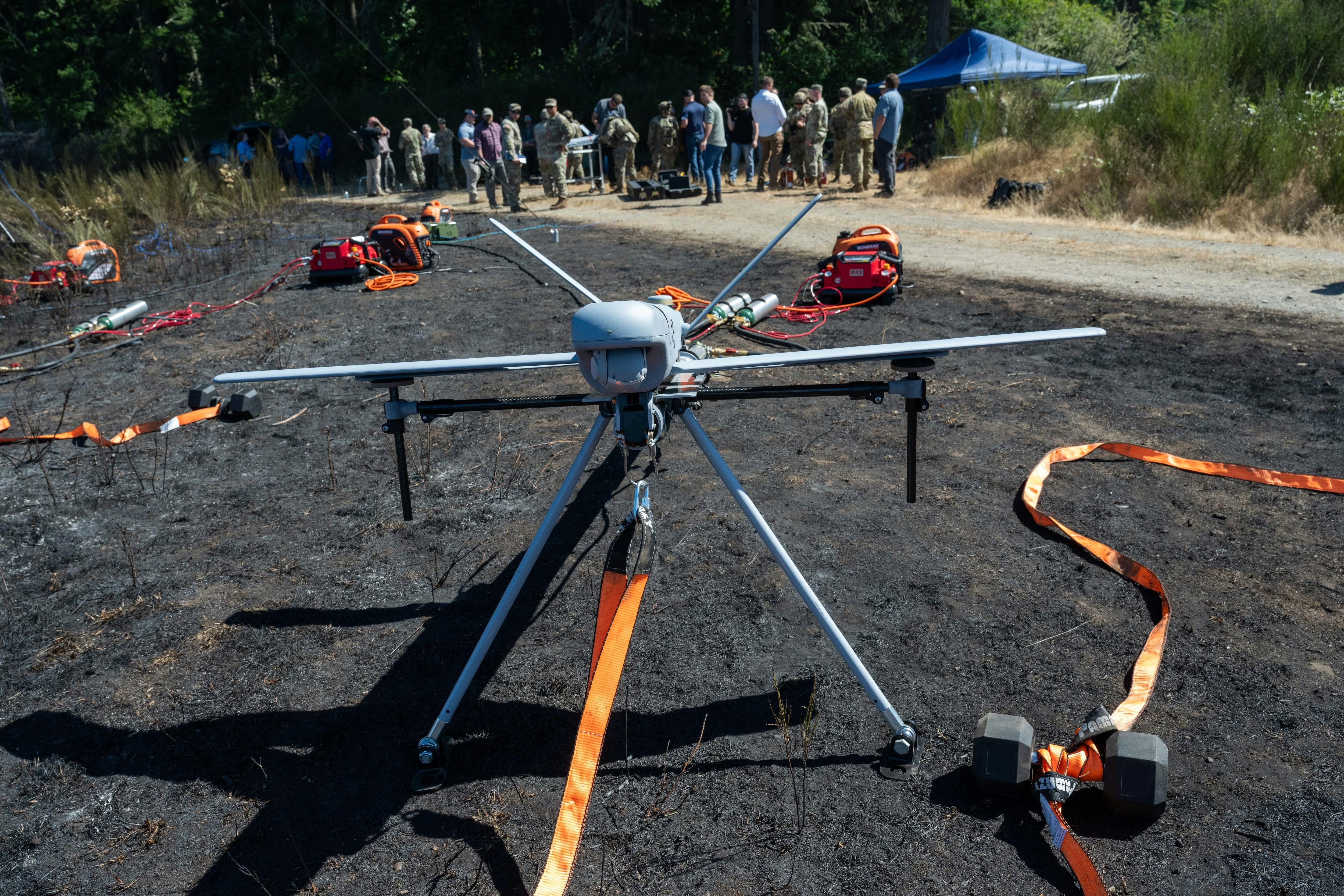
AeroGenie – Ihr intelligenter Copilot.
Trends
Categories
Dublin Aerospace Secures Landing Gear Overhaul Contract with EgyptAir Maintenance
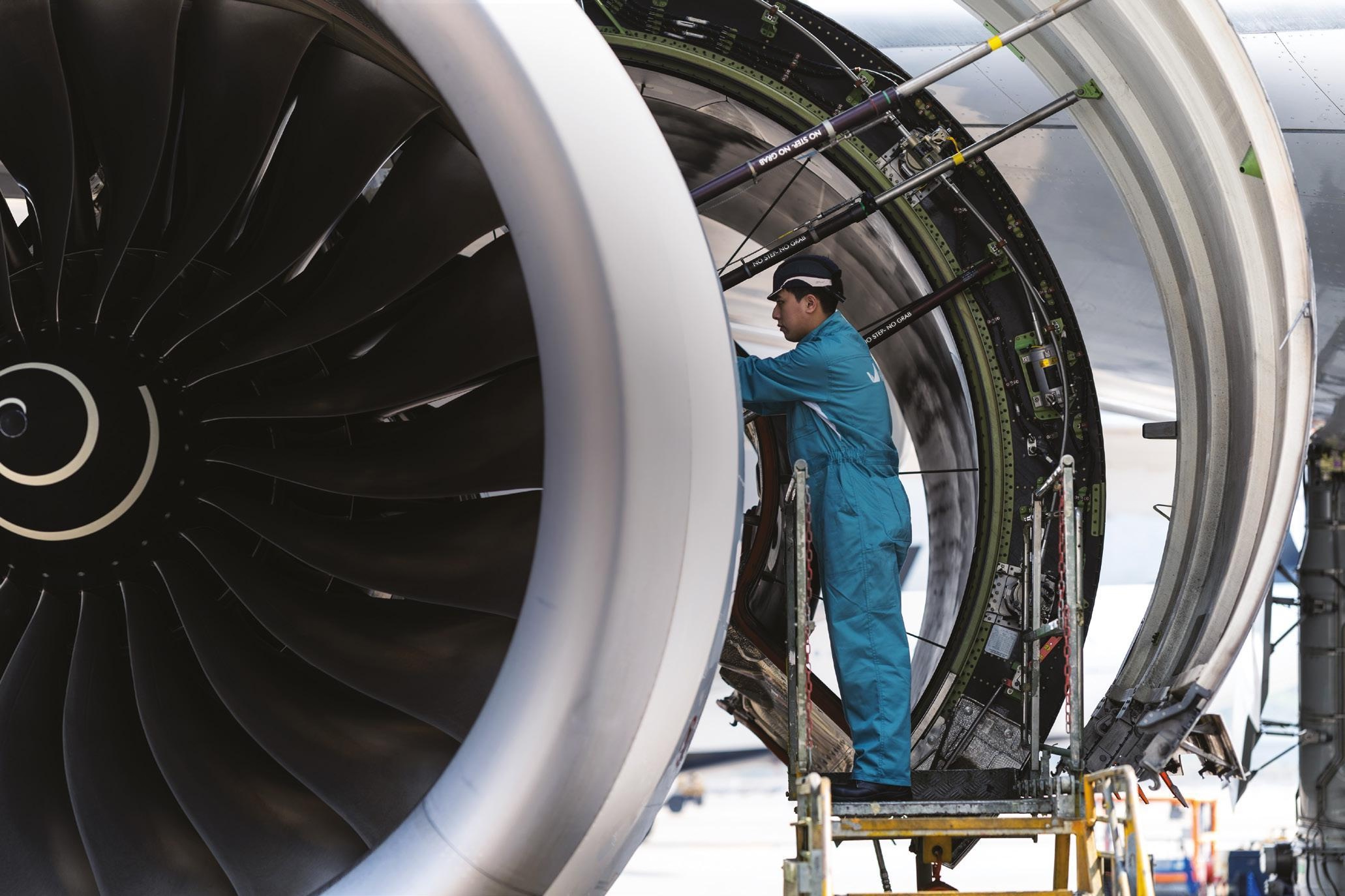
Dublin Aerospace Secures Five-Year Landing Gear Overhaul Contract with EgyptAir Maintenance
Dublin Aerospace has formalized a five-year agreement with EgyptAir Maintenance & Engineering to provide landing gear overhaul services for Boeing B737NG aircraft. This contract, commencing in July 2025, extends a partnership that has been in place since 2017 and reinforces Dublin Aerospace’s integral role in supporting the maintenance requirements of EgyptAir’s fleet.
Strengthening a Strategic Partnership
In a statement shared on LinkedIn, Dublin Aerospace expressed appreciation for EgyptAir’s ongoing confidence in its services. The company emphasized the renewal as a testament to their mutual dedication to safety, quality, and operational excellence. Dublin Aerospace described the extension as a milestone that paves the way for continued collaboration over the next five years.
Founded in 2009 and based at Dublin Airport, Dublin Aerospace operates a four-bay base maintenance facility with the capacity to service approximately 70 aircraft annually, including models from the A320, A330, and 737 families. The company also manages an auxiliary power unit (APU) overhaul centre capable of handling 200 units per year. Recently, Dublin Aerospace inaugurated a cutting-edge landing gear facility in Ashbourne, Ireland, designed to overhaul up to 250 landing gear legs for B737 and A320 aircraft annually.
Navigating a Competitive MRO Landscape
The contract win comes amid intense competition within the Middle Eastern maintenance, repair, and overhaul (MRO) market, where established firms such as ST Engineering maintain a dominant presence. Industry analysts acknowledge the significance of Dublin Aerospace’s success with EgyptAir but note that some market participants remain cautious about the company’s ability to challenge more entrenched competitors in the region. This development may prompt rivals like ST Engineering to adopt more aggressive pricing strategies or enhance their service offerings to protect their market share.
Nonetheless, the renewed agreement with EgyptAir underscores confidence in Dublin Aerospace’s technical expertise and operational standards. It also highlights the company’s ongoing commitment to expanding its influence within the global MRO sector while maintaining rigorous safety and quality benchmarks.
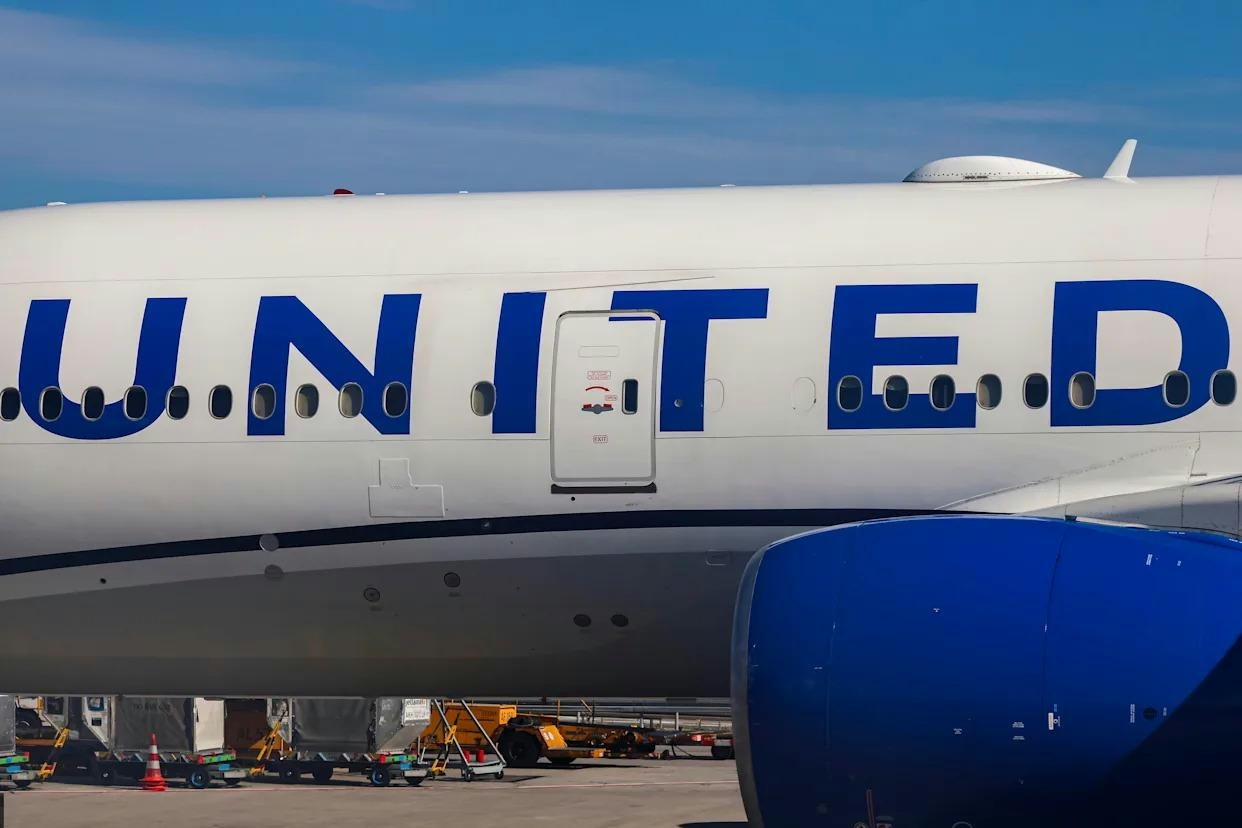
United Airlines Flight Returns to Dulles After Engine Failure on Takeoff
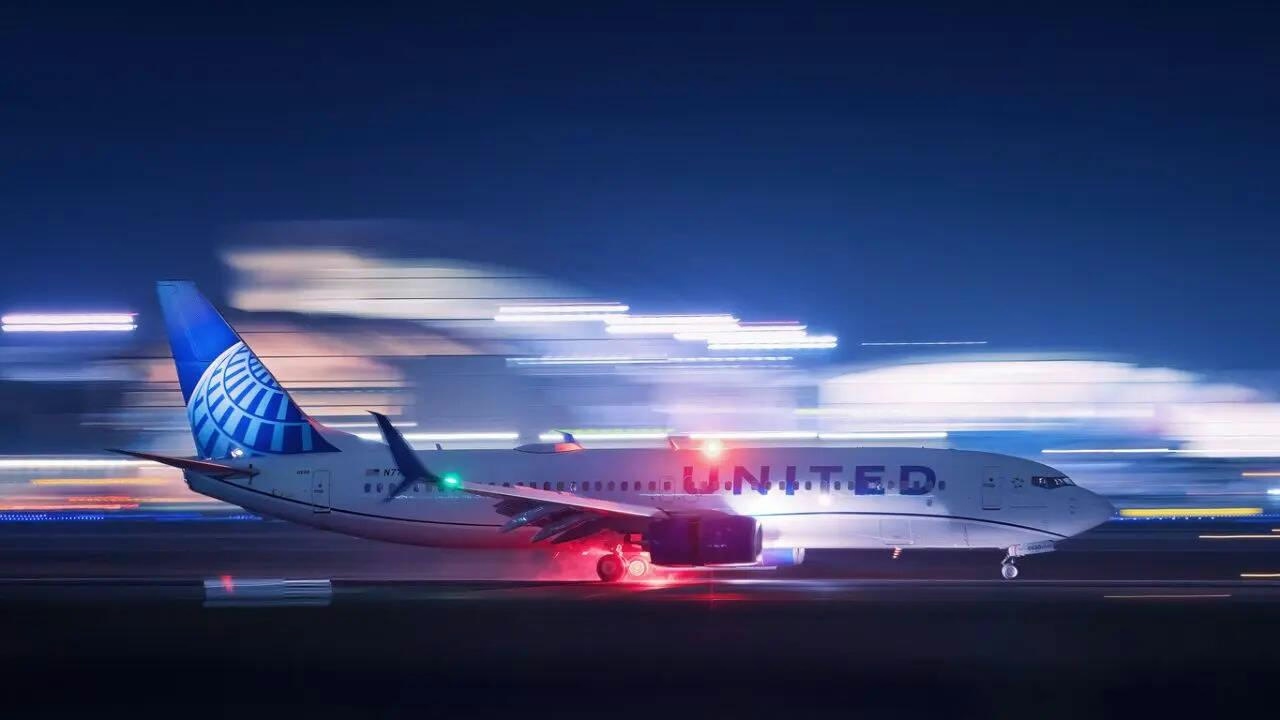
United Airlines flight makes emergency landing at Dulles after engine failure
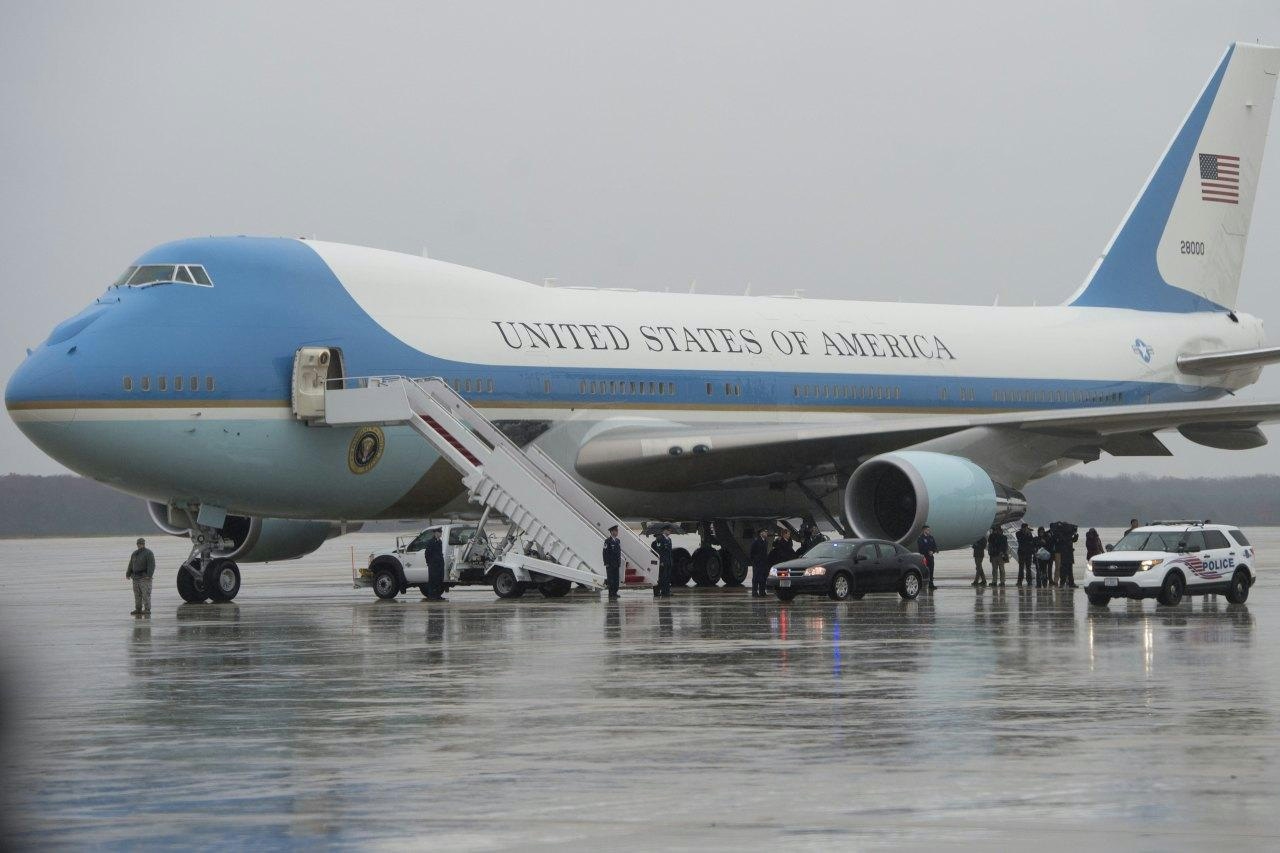
The Impact of the New Air Force One’s Delayed 2028 Arrival on Aviation and Travel
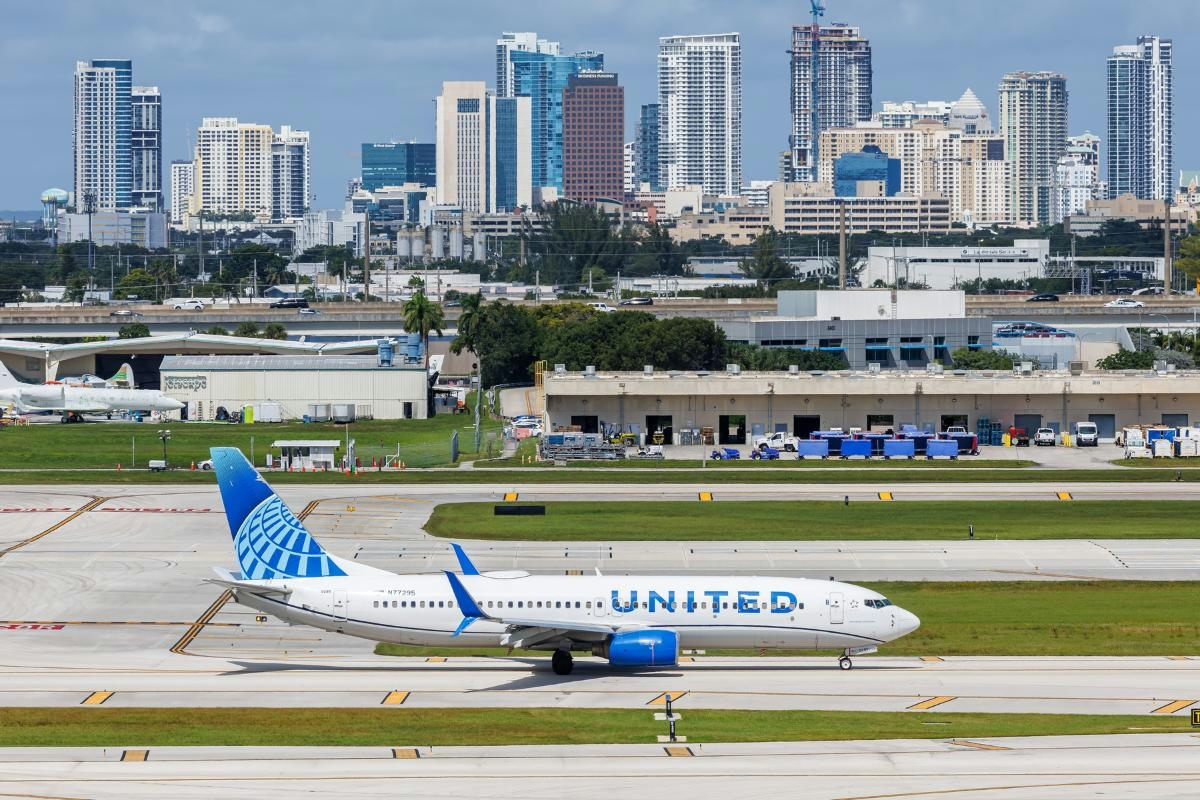
United Airlines Restarts Controversial AI Scheduling for Flight Attendants
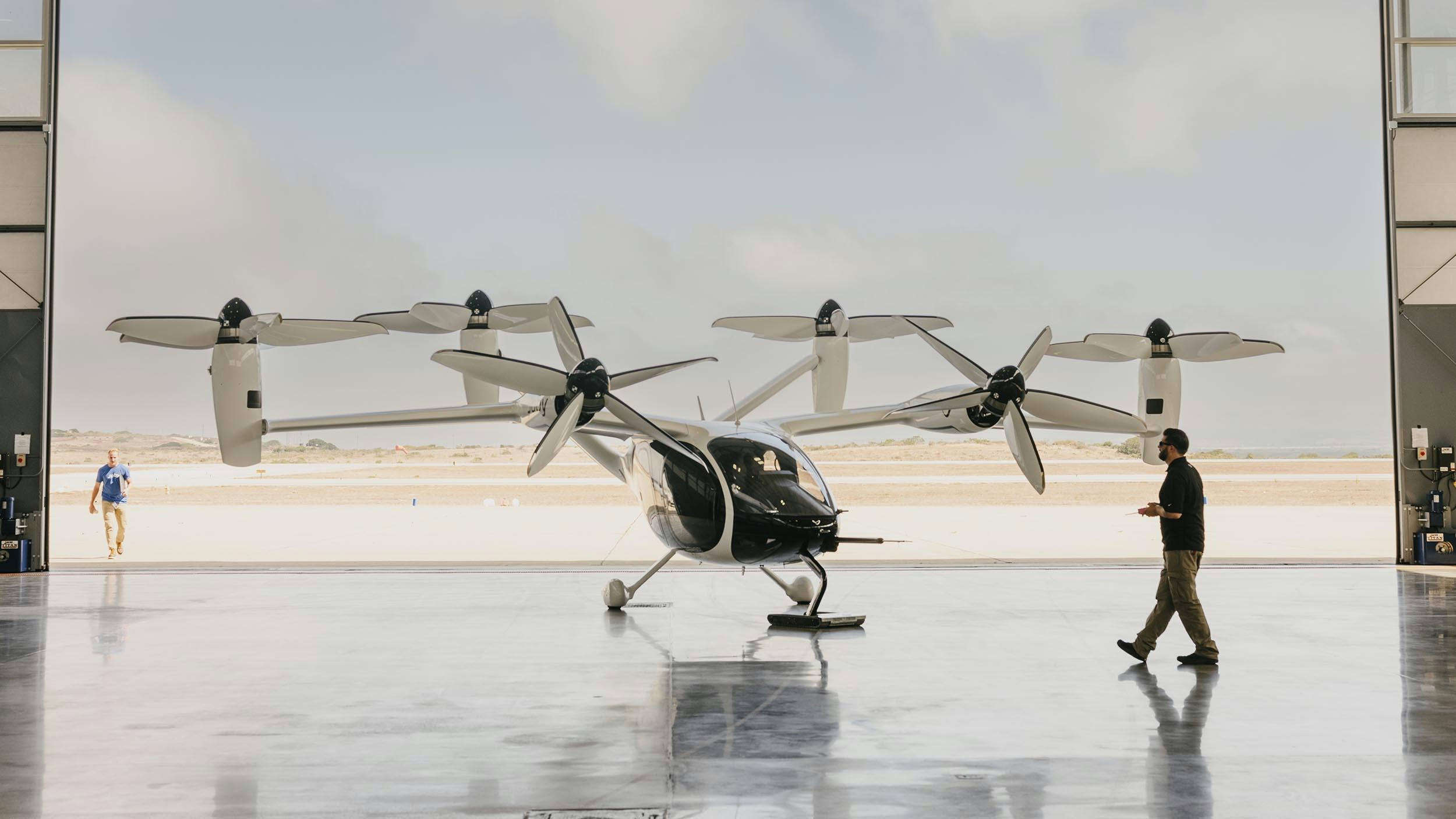
Joby Aviation’s Air Taxis Poised to Change Urban Travel and Tourism
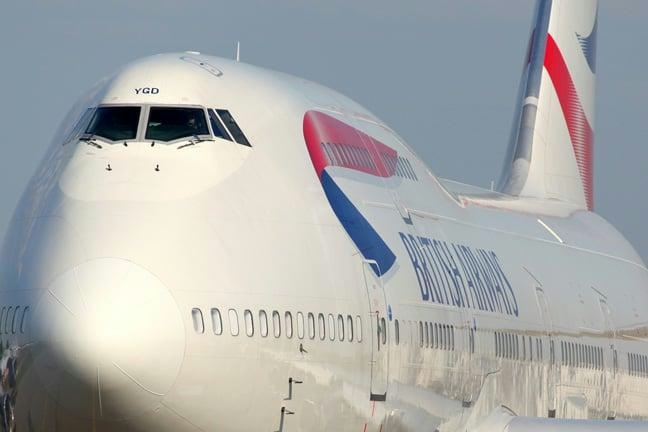
BA Chief Warns AI Agents May Diminish Brand Visibility

How GE Is Meeting Global Jet Engine Demand
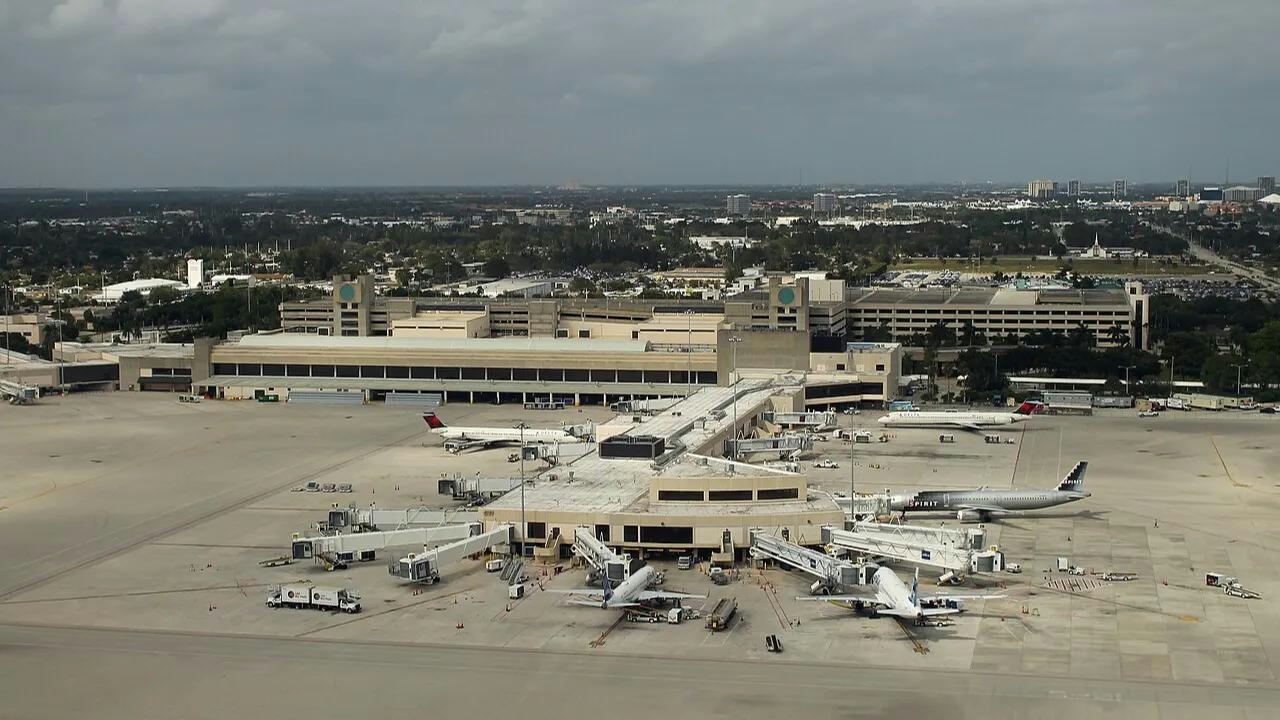
IATA Projects Airline Profits of $41 Billion in 2026
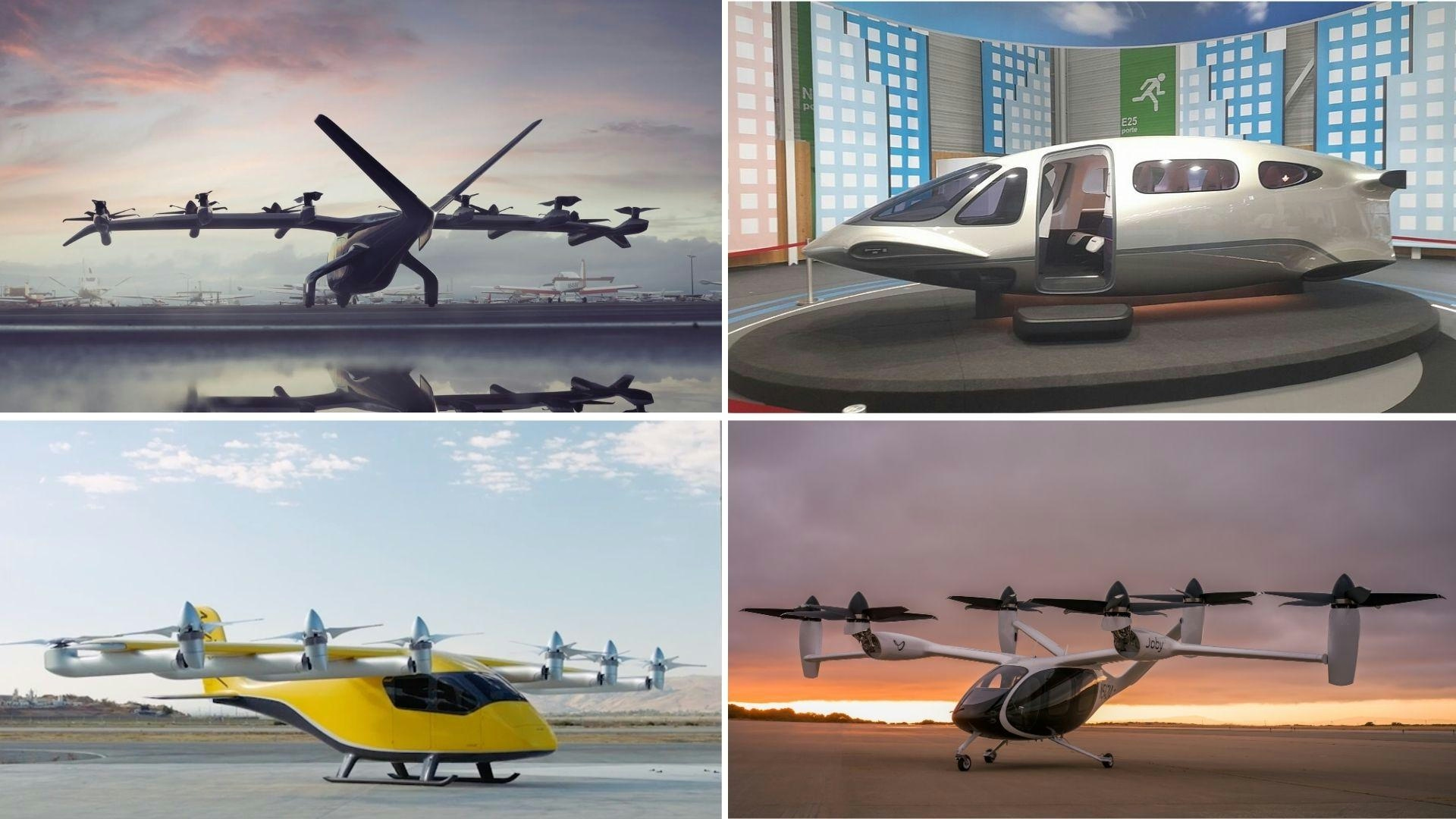
Five Air Taxis Poised to Shape Urban Mobility by 2026
